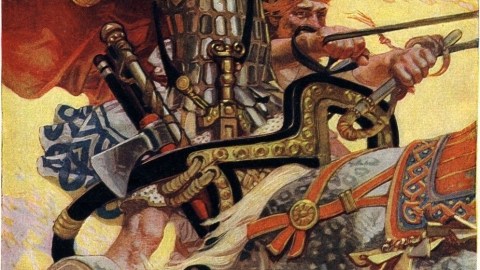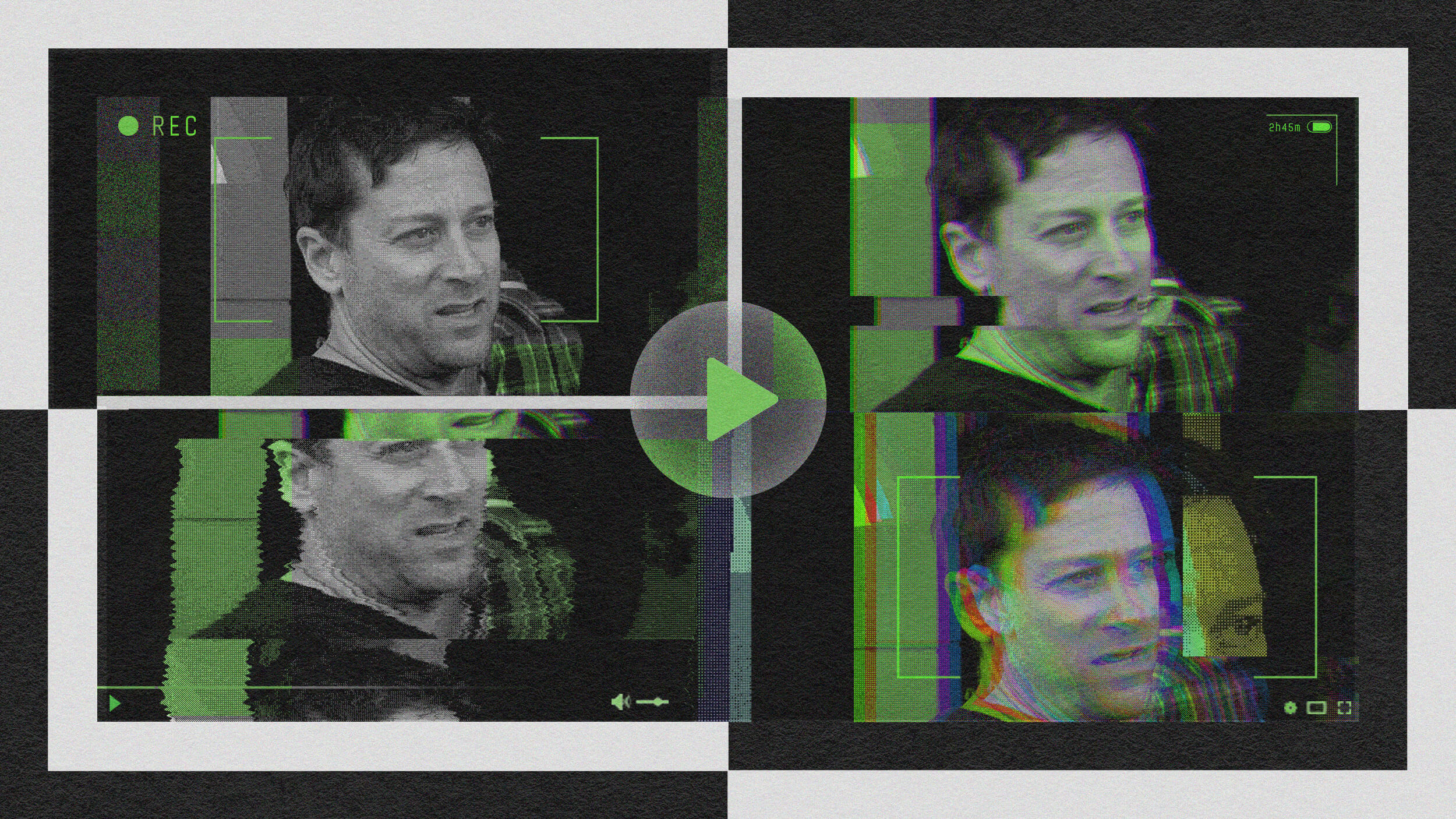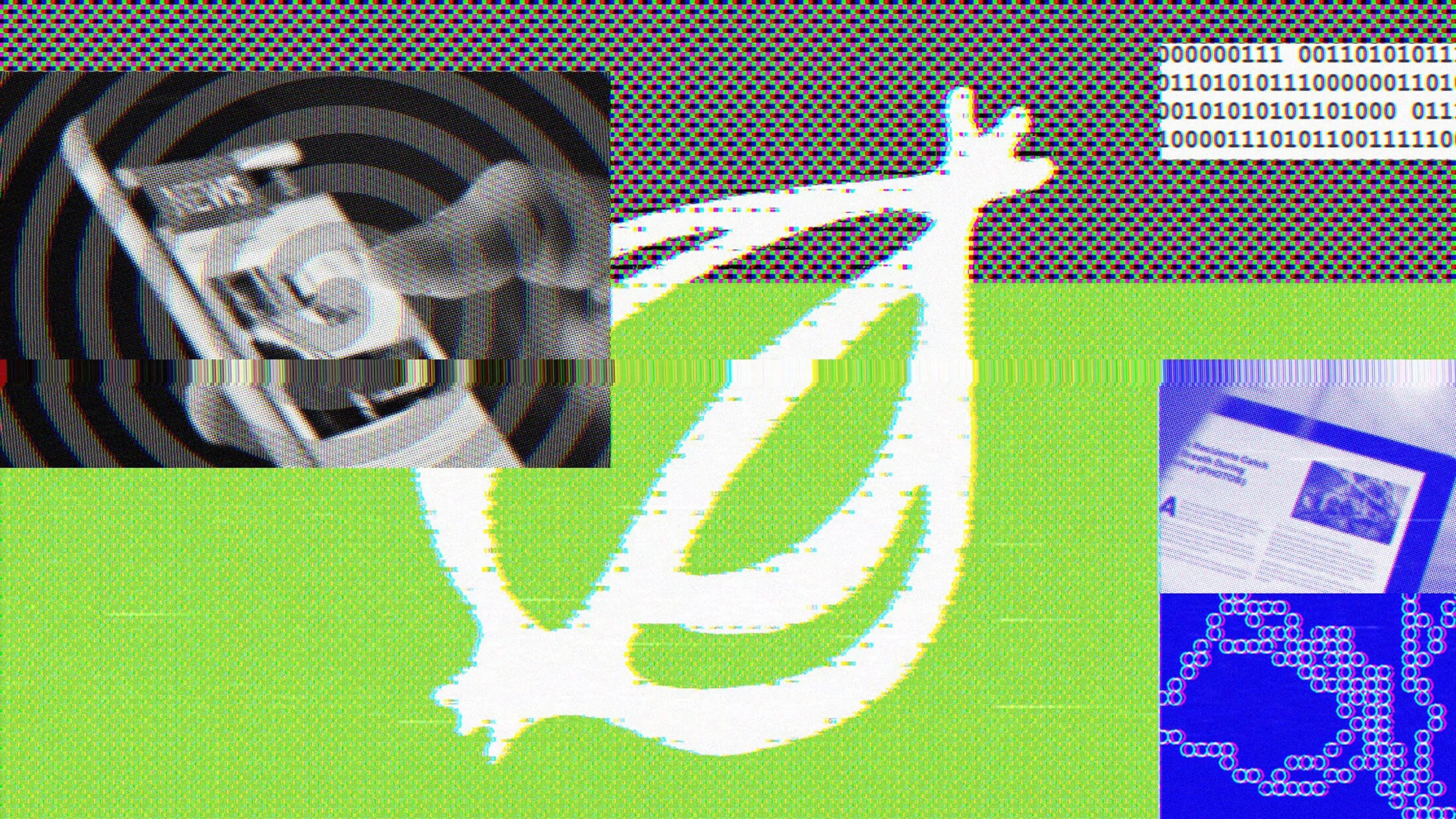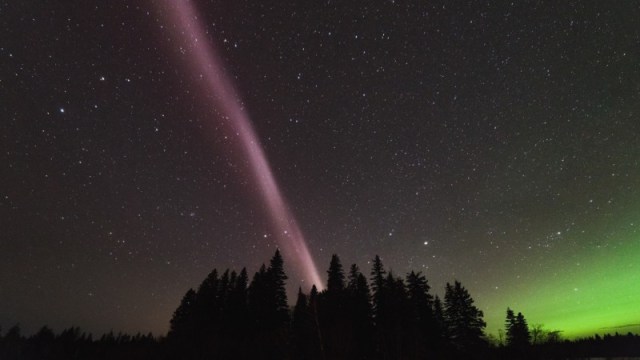Cú Chulainn: Irish mythology’s Incredible Hulk

Wikimedia Commons
- There are plenty of cultural figures who are known for their inhuman transformations: Dr. Jekyll and Mr. Hyde, the Incredible Hulk, werewolves… the list goes on.
- One infrequently mentioned example is the Irish version of Achilles: Cú Chulainn.
- What does the mythological Irish hero represent?
Famed comics creator Jack Kirby was inspired to create the Incredible Hulk when he saw a woman lifting a car to save her trapped baby underneath. “It suddenly came to me that in desperation we can all do that,” he said. “We can knock down walls, we can go berserk, which we do.”
Though the Hulk is maybe the most modern take on this idea, it’s one that humanity has been obsessed with for a long time. History features a number of references to transformation of individuals into something terrifying and awe-inspiring: There’s Dr. Jekyll and Mr. Hyde, Scandinavian berserkers, and werewolves. But perhaps one of the most striking and least-discussed example of a Hulk-like character comes from Irish mythology’s Cú Chulainn.
Cu Chullainn’s “warp spasms”
Stories of Cú Chulainn date back to the first century. Said to be the son of Lug, an Irish god associated with warfare, kings, and craftsmen, and a mortal princess, Cú Chulainn was born under the name Setanta. At the age of six, he gained the name Cú Chulainn, meaning “Culann’s hound,” after he killed a guard dog in self-defense by driving a hurling stone down its throat. (Hurling was an ancient Gaelic game that resembles lacrosse, which is still practiced in Ireland today). Culann, the smith who owned the hound, was dismayed at its loss. Setanta offered to serve as Culann’s guard until a replacement guard dog could be found, gaining the name Cú Chulainn in doing so.
Where Cú Chulainn begins to resemble the Hulk, however, comes from his ríastrad, commonly translated as a “warp spasm.” Here’s an excerpt from Thomas Kinsella’s translation of the Táin Bó Cúailnge describing Cú Chulainn’s warp spasms:
The first warp-spasm seized Cúchulainn, and made him into a monstrous thing, hideous and shapeless, unheard of. His shanks and his joints, every knuckle and angle and organ from head to foot, shook like a tree in the flood or a reed in the stream. His body made a furious twist inside his skin, so that his feet and shins and knees switched to the rear and his heels and calves switched to the front. The balled sinews of his calves switched to the front of his shins, each big knot the size of a warrior’s bunched fist. On his head the temple-sinews stretched to the nape of his neck, each mighty, immense, measureless knob as big as the head of a month-old child. His face and features became a red bowl; he sucked one eye so deep into his head that a wild crane could not probe it onto his cheek out of the depths of his skull; the other eye fell out along his cheek. His mouth weirdly distorted: his cheek peeled back from his jaws until the gullet appeared; his lungs and liver flapped in his mouth and throat; his lower jaw struck the upper a lion-killing blow, and fiery flakes large as a ram’s fleece reached his mouth from his throat. His heart boomed loud in his breast like the baying of a watch-dog at its feed or the sound of a lion among bears. Malignant mists and spurts of fire flickered red in the vaporous clouds that rose boiling above his head, so fierce was his fury.
When Bruce Banner transforms into the Hulk, he grows larger, turns green, and miraculously preserves the integrity of his purple jorts; so, not entirely similar to the eyeball-popping transformation of Cú Chulainn. The incredible strength Cú Chulainn gains from this transformation and his inability to distinguish between friend and foe, however, remain significant parallels.
At the age of 5, Cú Chulainn experienced the first of these warp spasms when he traveled to join a troop of boys playing hurley. He walked onto the playing field, unaware of a local custom to ask for protection first. The 150 other boys saw Cú Chulainn entering the playing field as an affront and sought to kill him, but Cú Chulainn transformed and fought all 150 off until Conchobar, the king of Ulster, puts a stop to the fight.
Cú Chulainn’s other significant warp spasm occurred when he defended Donn Cúailnge, a particularly fertile bull and the central figure of the Táin Bó Cúailnge (or, The Cattle Raid of Cooley), from an invading army. After defending against the army, Cú Chulainn is seriously wounded, but a figure, “one of my friends of fairy kin,” approaches Cú Chulainn and tells him to sleep:
Then it was that the warrior from Faery laid plants from the fairy-rath and healing herbs and put a healing charm into the cuts and stabs, into the sores and gaping wounds of Cuchulain, so that Cuchulain recovered during his sleep without ever perceiving it.
Cú Chulainn sleeps for three days and three nights, and when he awakes, he finds that a troop of boys from Emain Macha, his home, has been slaughtered. This sends him into a fit of rage; he transforms, killing or wounding all nearby:
Ten and six-score kings, leaders and men of the land, Cuchulain laid low in the great slaughter on the Plain of Murthemne, besides a countless horde of dogs and horses and women and boys and children and common folk; for there escaped not a third man of the men of Erin without a lump or without having half his skull or an eye hurt, or without an enduring mark for the course of his life.
What Cu Chullainn represents today
Cú Chulainn has an important role in Irish mythology, one that parallels Achilles’s in Greek mythology. As such, he’s often used as a symbol by Ireland’s different cultural groups. The symbol of Cú Chulainn has been adopted by unionists from Ulster, or Northern Ireland (where Cú Chulainn was born), who consider him to be a hero defending Ulster from southern enemies, while nationalists also claim Cú Chulainn as a national symbol that represents all of Ireland and its history. It’s unclear whether the character of Cú Chulainn ever had its basis in a real historical figure, but it can be safely said that the real Cú Chulainn, if he existed, likely did not transform into a gruesome figure with one dangling eyeball and sharp, spiky hair.





